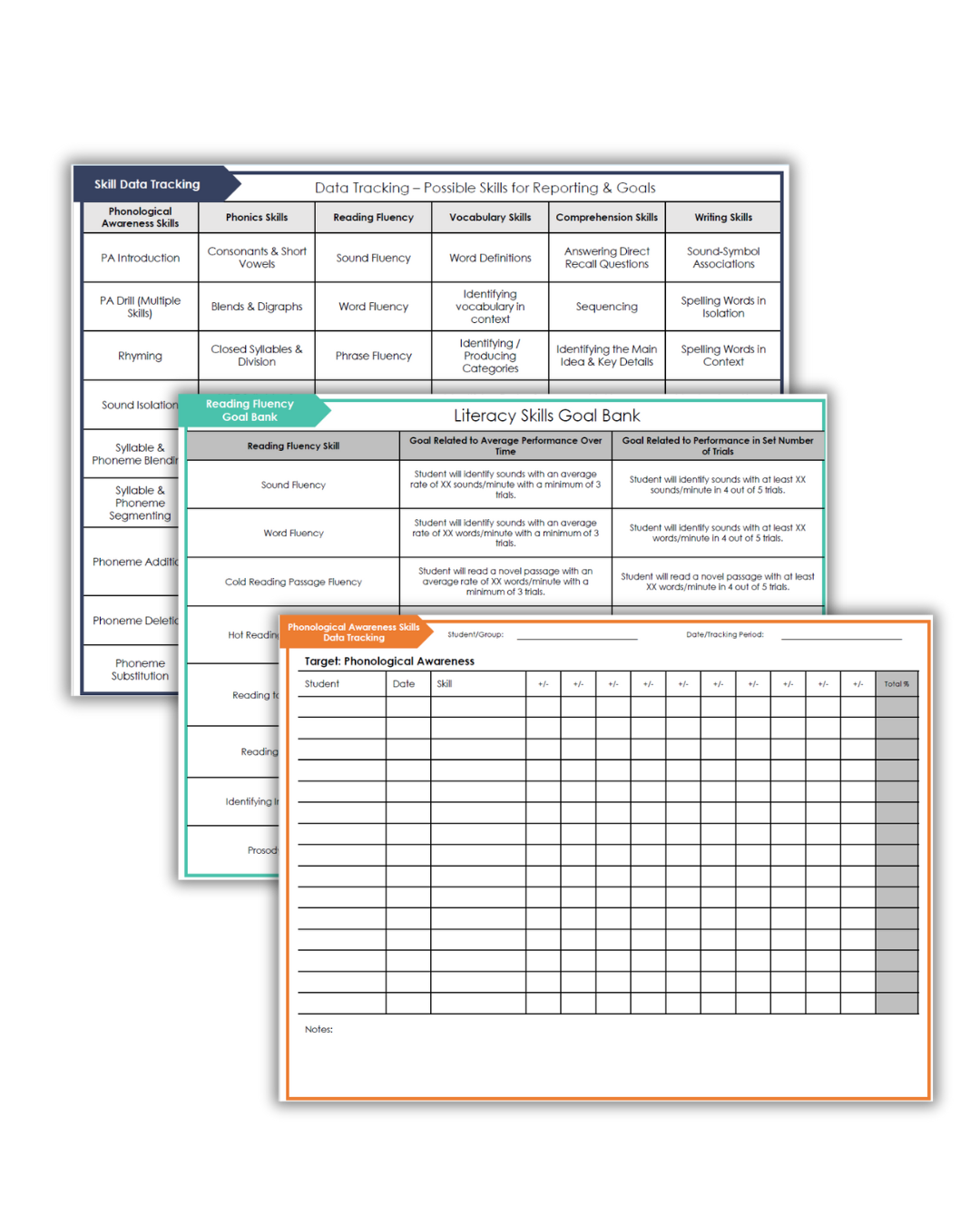The Wrong Ways to Use Data (and How to Get it Right)
When it comes to supporting students, many of us strive to run truly data-driven lessons.
But here’s the catch: simply collecting data isn’t enough. If we’re not careful, we can end up using data the wrong way, and when that happens, we miss the chance to let data actually drive our decisions.
Let’s look at two of the biggest mistakes educators (ourselves included) often make with data.
Mistake #1: Making It Personal
Too often, we connect student growth directly to our own self-worth as educators. We’ve all been conditioned to do this, it’s not our fault! From performance reviews to recognition for student growth, subtle comparisons to human nature…it’s all reinforced the idea that data is a judgment on us.
But here’s the thing: data doesn’t mean anything about you.
It simply tells us whether the instruction, in this specific moment, is working for the student(s) in front of us. That’s it.
Even the best instructional techniques don’t land 100% of the time. Students bring different backgrounds, strengths, needs, and outside factors. If the data shows something isn’t working, it doesn’t mean you’re failing. It means you now have the insight you need to adjust your instruction.
When we make data personal, our judgment gets clouded. We risk avoiding data altogether out of fear, or we burn out because we interpret every progress check as a reflection of ourselves. Neither helps students, and it certainly doesn’t help you.
So, let’s release the pressure. Your role is to collect the data and use it as information, not as an evaluation of your worth.
Mistake #2: Only Looking Backward
Another common trap is treating data as something to look back on: Did my students meet their goals? Did we “hit the target”?
Reflection matters, but the most powerful use of data is planning forward.
Think about it this way: data is not just a report card on what already happened. It’s a roadmap for what to do next.
Which skills need reteaching?
Where are students ready to move on?
Which activities are helping most? Which are falling flat?
Shifting your mindset here is key:
Old Belief: I use data to prove I’m good at my job or to see if students met their goals.
New Belief: I use data to see if the current plan is working and to decide what to teach next.
Using Data the Right Way
Data is a tool. Nothing more, nothing less. Its job is to help you identify patterns, guide your instruction, and support your students. Let’s commit to using it for that and only that.
If you ever feel overwhelmed by the idea of tracking data, that’s normal. Overwhelm often means you’re on the edge of growth. The key is having a simple system that helps you track consistently and use data to guide your instruction.
Next Steps for You
To help you get started, we put together a free data-tracking printable. You can grab it here! It’s a simple way to keep progress monitoring manageable. You can absolutely use this resource to start setting effective goals and tracking patterns so you can make instructional decisions with confidence.
And if you’re ready to go further, check out our professional development training Progress Monitoring Made Simple: How to Set Goals and Track What Matters. Inside, you’ll get:
A digital spreadsheet that automatically generates graphs so you can see student progress at a glance.
Progress monitoring assessments you can use across all five core components of literacy.
Step-by-step guidance on how to set goals, organize your data, and plan instruction that responds directly to what the data shows.
What are you waiting for?!? This is the most actionable and easy-to-implement data training you’ll ever take!


